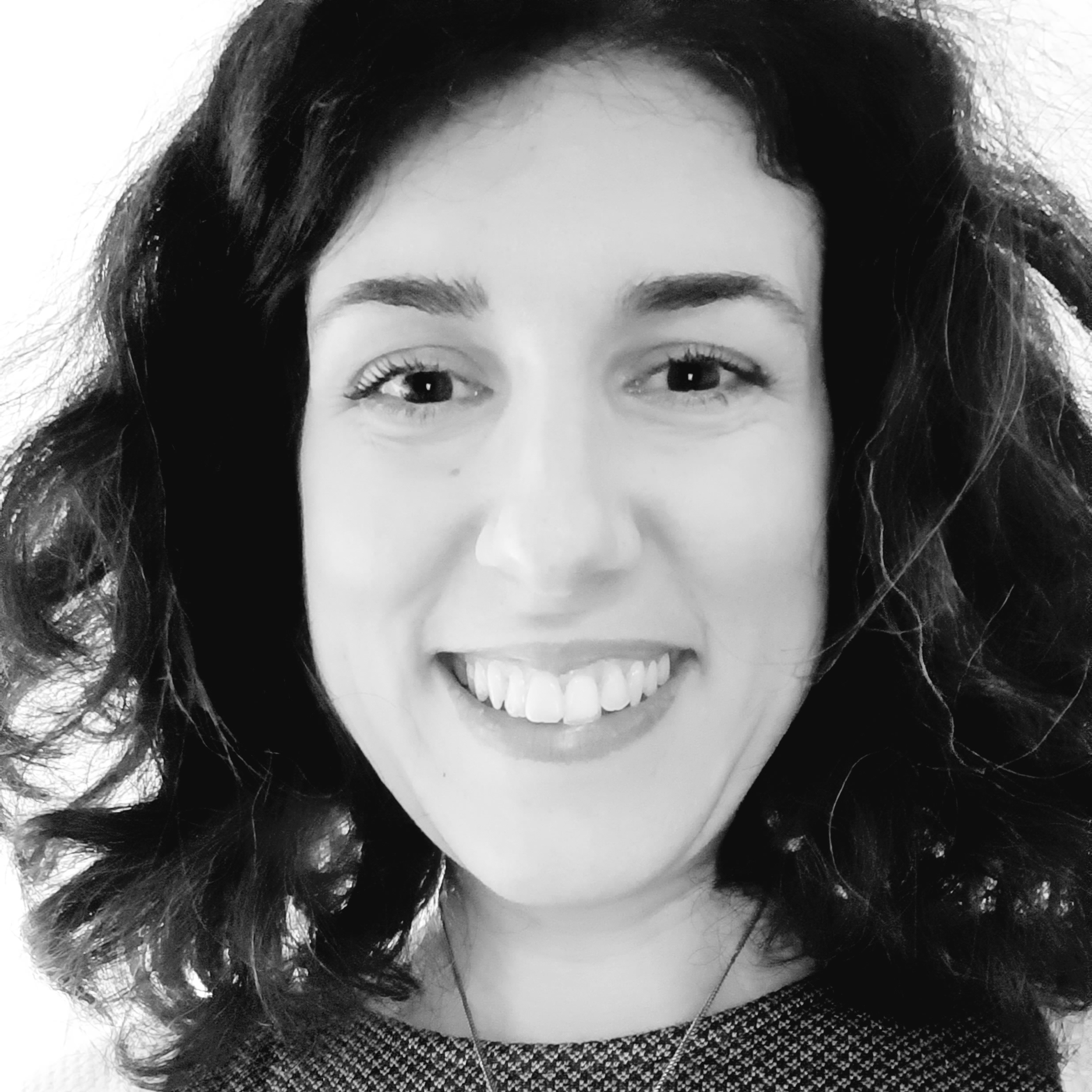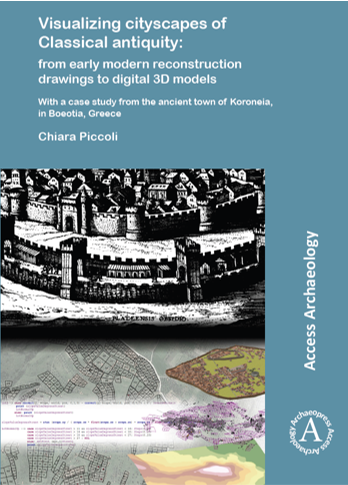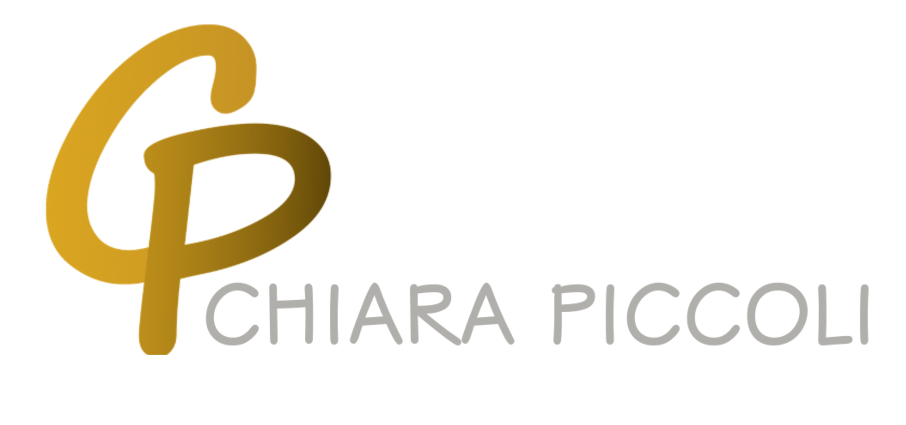VISUAL PASTS
Chiara Piccoli's portfolio
About

My name is Chiara Piccoli. I am a Research Associate and Data Scientist at the 4D Research Lab (University of Amsterdam), and an affiliated member of the UvA Data Science Centre. In my research I investigate the historical relationship between people, their built environments, and their material culture with the aid of digital methods, in particular 3D modelling and GIS mapping. Would you like to get in touch? Contact me at:

Research areas
Work experience
2022-present
University of Amsterdam, The Netherlands
RESEARCH ASSOCIATE / DATA SCIENTIST 3D RECONSTRUCTION IN THE HUMANITIES
As a Research Associate and Data Scientist at the 4D Research Lab, I work on projects of the 4DRL, the CREATE lab and the Amsterdam Time Machine and I create new collaboration opportunities.
2022-2023
Archol, Leiden, The Netherlands
GIS specialist
As a GIS specialist in the archaeological company Archol, I was the contact person for geospatial mapping and visualization.
2018-2022
University of Amsterdam, The Netherlands
postdoctoral researcher
My postdoctoral research project Visualizing Amsterdam Interiors investigated how individuals created, used, displayed and experienced cultural goods in their homes during the seventeenth century. To this end, I studied building historical, archival, art historical and comparative sources to develop virtual reconstructions of a selection of domestic interiors. My case studies have been the house of Pieter de Graeff, Amsterdam patrician and VOC director, the house of Rembrandt (Het Rembrandthuis museum) and the house of the painter Gillis van Coninxloo. These 3D models served as data integration and hypothesis visualization platforms to spatially connect, manage and research the rich and heterogeneous data on this period. This project aimed to contribute to our understanding of the socio-cultural and spatial context of the production and consumption of the Amsterdam creative industries. Moreover, it aided the development of a methodology to handle uncertainty and annotations in 3D visualizations.
2017-2019
Leiden University, The Netherlands
Research/teaching staff member Digital Archaeology Research group
I developed and taught courses in the Digital Archaeology MSc, I was the internship coordinator of the MSc track and I co-organized the “Archaeology of the Future symposium”, National Museum of Antiquities (RMO), Leiden, The Netherlands (7 June 2018), the international conference “Heritage under Threat: Centre for Digital Heritage annual meeting”, Leiden, The Netherlands (15-16 June 2017) and the 19th Leiden Centre of Data Science on “Big data in archaeology”, Leiden, The Netherlands (12 May 2017). During this appointment I obtained the University Teaching Qualification (Basis Kwalificatie Onderwijs, BKO).
2010-2015
Leiden University, The Netherlands
researcher
Researcher in the FP7 European project CEEDS - The Collective Experience of Empathic Data Systems. The main goal of CEEDs was to develop innovative tools to exploit implicit human responses by analyzing users’ bio-signals and non-verbal behaviours. By associating these implicit responses with different features of large datasets, CEEDs aimed to guide users’ discovery of patterns and meaning within the datasets. The project was articulated in several sub-projects each focusing on different applications (archaeology was one of them, together with neuroscience and retail), and on developing ad hoc technologies that were integrated in a main common show-case. Within the consortium, I closely collaborated with the department of Computing at Goldsmiths University, London (Prof. Frederic Fol Leymarie), the Max Planck Institute for Mathematics in the Sciences, Leipzig (Prof. Jürgen Jost and Dr. Eckehard Olbrich) and the Informatics and Telematics Institute (CERTH/ITI) in Thessaloniki (Drs. Petros Daras and George Th. Papadopoulos).
Education
2018
Leiden University, The Netherlands

PhD in Archaeology with focus on digital methods
Research project “Visualizing cityscapes of Classical antiquity: From early modern reconstruction drawings to digital 3D models. With a case study from the ancient town of Koroneia in Boeotia, Greece”. My thesis is published in the Archaeopress Open Archaeology Series and available Open Access here. If you would like to have a look at the CityEngine rule files that I have written for this project, you can find them at my github page.
2010
Leiden University, The Netherlands
Master's Degree in Book and Digital Media Studies
Graduated with 9 cum laude with thesis “The Thesaurus Antiquitatum et Historiarum Italiae (Leiden, 1704-1725) between historical research and digital dissemination”. My thesis has been awarded the Tiele-Stichting thesis prize for the best thesis in the field of Book Studies in the Netherlands in 2011. This research appeared in C. Piccoli “Publishing in the Republic of Letters: Behind the Scenes of Pieter van der Aa’s Thesaurus Antiquitatum et Historiarum Italiae (Leiden, 1704-25)”, Quaerendo 43 (2013), pp. 61-82.
2008
University of Siena, Italy
Master’s Degree in Greek and Roman Archaeology
Master’s Degree in Greek and Roman Archaeology (University of Siena, Italy). Graduated with vote 110/110 cum laude with thesis “Le lucerne di Thamusida (Marocco)” (oil lamps of Thamusida, Morocco). This research appeared as C. Piccoli, “Suppellettile da illuminazione”, in A. Akerraz, S. Camporeale, E. Papi (eds.), Sidi Ali ben Ahmed – Thamusida, 3. Le matériel, pp. 214-37.
2005
University of Trento, Italy
Bachelor’s Degree in Cultural Heritage
Graduated with vote 110/110 cum laude with thesis “La krene del Karasis. La sorgente della fortezza tardo ellenistica in Cilicia Orientale: analisi tipologica e restituzione tridimensionale” (The krene of Karasis. The late Hellenistic fortress spring in East Cilicia: Typological analysis and 3D reconstruction). During my Bachelor I spent a semester at the Aristotle University of Thessaloniki as Erasmus student.
